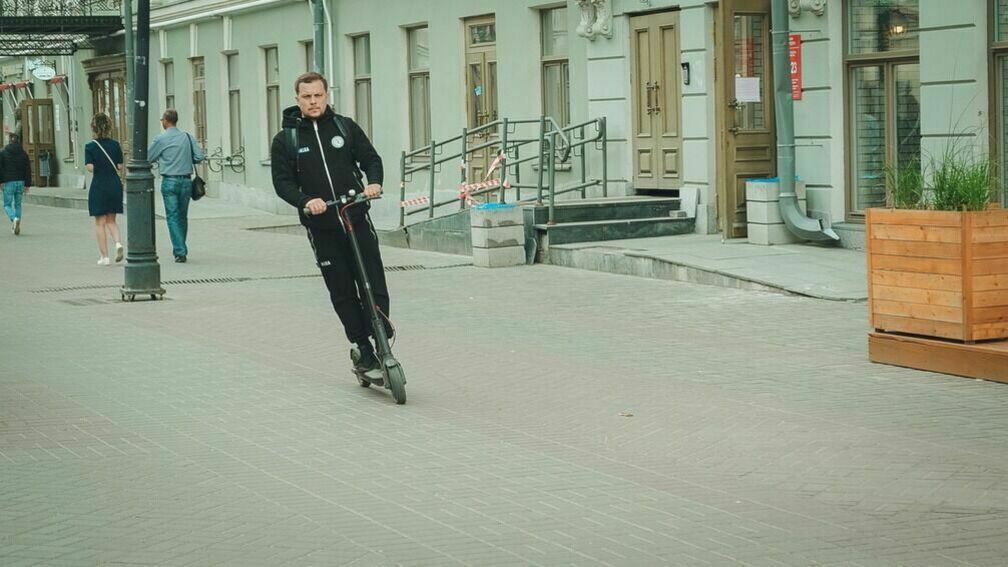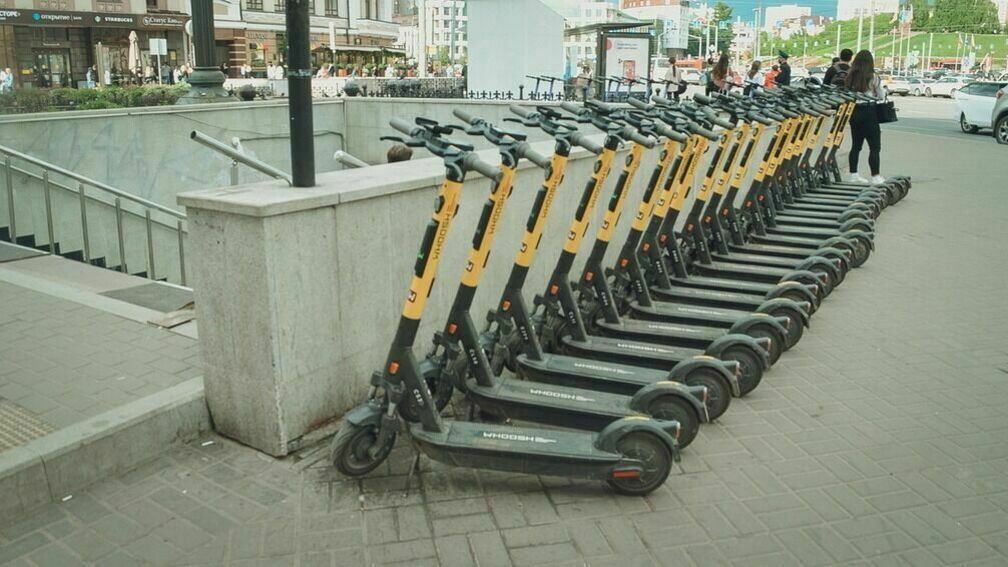Posted 27 февраля 2023, 10:58
Published 27 февраля 2023, 10:58
Modified 27 февраля 2023, 11:20
Updated 27 февраля 2023, 11:20

In Russia, the rules for scooters come into force. What will change on the roads
Alexander Dybin
Over the past few years, electric scooters have turned from a rare entertainment into a phenomenon that has captured the cities of the country.
Means of individual mobility (monowheels, segways and gyroscuters also fall into this category), according to the director of the Association of Micromobility Operators Ksenia Erdman, scooters have become full-fledged road users:
"The sale of SIM has almost doubled over the past two years," she said, "in 2022, about 230,000 thousand units were sold, and 85 percent of them are electric scooters. In 2020, sales were at 145,000. According to the forecast, this growth of 50% per year will continue. If we talk about the scooter rental market, then over the 2022 season, more than 15 million people used the kicksharing service, the number of trips increased more than 2 times and left 103 million. The scooter fleet has 200,000 units in 190 cities of Russia. At the same time, up to 80% of all trips on electric scooters are made for transport purposes – to work or a transport hub. This is, first of all, a vehicle that affects the transport situation of cities".
Such a proliferation of light and fast means of transportation gives not only advantages.
The number of conflicts with pedestrians is growing. There is no season for scooters not to hit someone on the sidewalk. The number of accidents is estimated in the hundreds per year. Naturally, in this situation, the rules of the road should have appeared. In many ways, electric scooters equalized with bicycles. But not in everything.
What will change for the two-wheeled
The main thing that the rules establish is priority. It is given to a pedestrian. On the sidewalk or in the pedestrian zone, the biped is always right. Honking in the back to be missed, it is forbidden to adjust. If the scooter interferes with the pedestrian flow, it must either dismount or move at pedestrian speed.
Where can I move on a SIM? In fact, everywhere. Ideally, along bike paths or bike lanes. If there are none, walk along the sidewalk without disturbing pedestrians. If there is no sidewalk, you can drive along the curb or the extreme right edge of the roadway. But there is a nuance. Only those SIM that are equipped with brakes and lighting devices can travel on highways. Only scooters fall under this requirement. Monowheels, gyroscooters and segways on the roadway are illegal. Another requirement is that you can only travel on those roads where the permitted speed does not exceed 60 km/ h. A scooter on the MKAD will automatically become a violator. And in general, the speed of the SIM is limited to 25 kilometers per hour, wherever he moves.
In addition, the rules allow you to regulate the flow of scooters and install signs prohibiting movement or prescribing to slow down.


They will not chase scooters
According to experts, radical changes on the roads should not be expected on March 1. Fine-tuning of scooter flows is left to municipalities. And the traffic police is more likely to promote safe driving than raids on scooters.
"The main thing is that SIM users will lose the status of a pedestrian, they will become persons using means of individual mobility, we allocate them to a separate category", - says the deputy director of the Department of State policy in the field of automobile and urban passenger transport of the Ministry of Transport of the Russian Federation Vladimir Lugovenko, - now the main problem is conflicts with pedestrians. The amendments delimit responsibility, if pedestrian infrastructure is used, then the pedestrian is always right. Many have said that it is necessary to ban traffic on sidewalks, but this is relevant only for Moscow, where there is heavy pedestrian traffic and a lot of the means of individual mobility that honk in the back. But we have a big country, and not everywhere such a flow. There are unloaded sidewalks, there are low-rise buildings, there is a rural area, villages where it would be effective to move on the means of individual mobility".
Head of the Scientific Center for Road Safety of the Ministry of Internal Affairs of Russia Dmitry Mitroshin notes that the amendments to the traffic regulations will not lead to the fact that they will actively catch dashing scooters using radars.
"We should not expect revolutionary changes from the amendments, these are only general rules of the game, within which all parties should act", - he says. - Immediate security will be determined by how these tools will be disposed of. The next season will show everything. The statistics are alarming for us. The police will not chase through parks and measure speed. There is no such goal, we proceeded from common sense that a person on a scooter is the same vulnerable road user and is least interested in getting into an unpleasant situation. We're not chasing pedestrians, cyclists".
According to the logic of the law, the rules and restrictions will "catch up" with violators after an accident. In case of an accident, it will be established whether the scooter had the right to move in this place, at what speed it was traveling, etc.
According to Ksenia Erdman from the Association of micromobility operators, little will change for kicksharing customers with the new rules. They already had their speed limited to the permitted 25 km/h at the software level. And in parks or on busy streets, at the request of local authorities, the speed drops even more. In addition, you can rent a scooter only from the age of 18.
"Many restrictions in kicksharing are already implemented," she says, "rental scooters observe the zones where you can't drive and where you need to slow down. What will change is that the user will no longer be a pedestrian. And if the scooter is at fault in the event of an accident, it will be subject to administrative penalties. Plus, finally, users can move around the bike infrastructure. De jure, they couldn't do that. There have been cases of fines for driving on bike paths, although this is not logical."